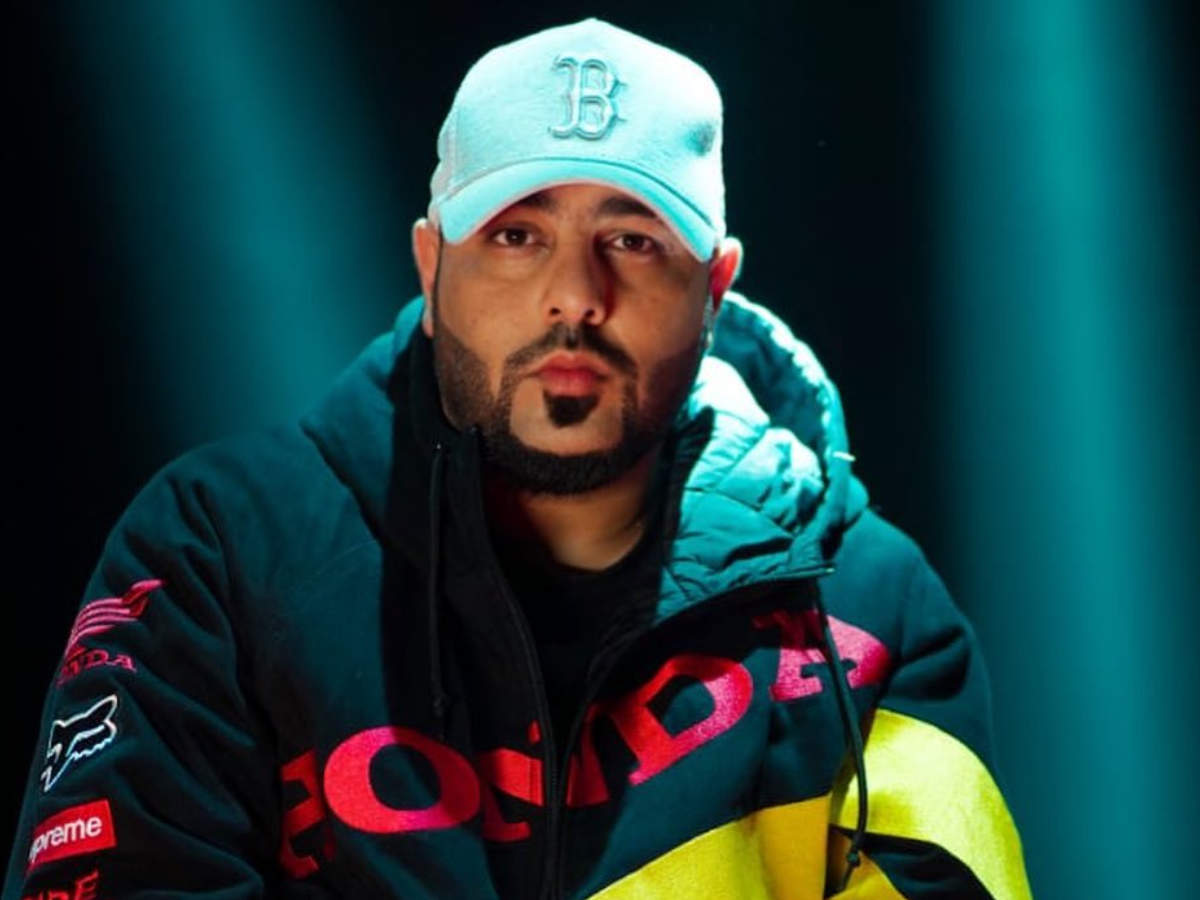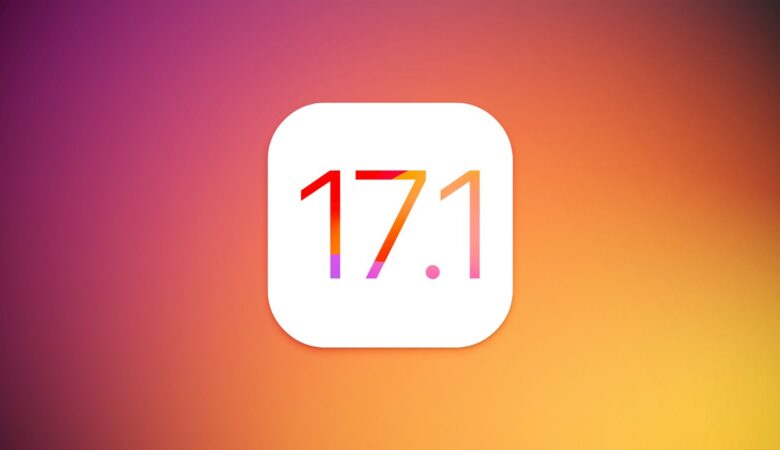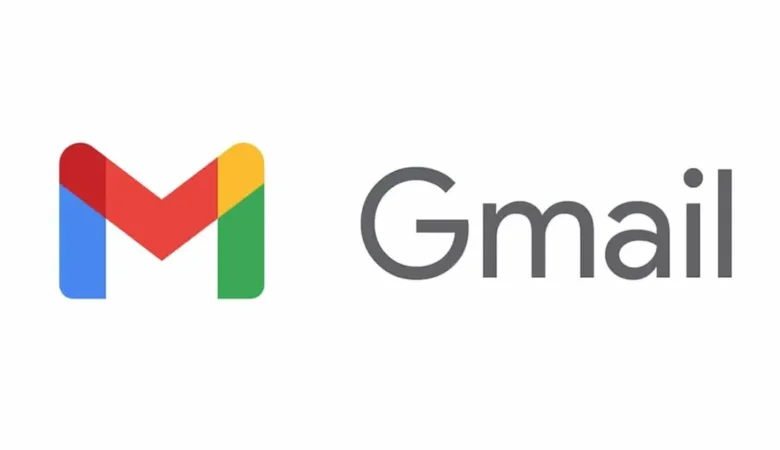The rapper has been accused of buying 72 million fake views. Yet, buying views and followers is an accepted—even expected—part of the music business today.
Who Is Badshah And What’s The Controversy Around Him?
Aditya Prateek Singh Sisodia, better known by his stage name Badshah, is an Indian rapper and singer known for his Hindi, Haryanvi, and Punjabi songs. He started his career in 2006 alongside Yo Yo Honey Singh in his hip hop group Mafia Mundeer.

Rapper Badshah’s songs are immensely popular and attract millions of views on YouTube. However, strangely enough, the comments on those songs are only a hundred few. The officials will probe this and ask him related questions.
Badshah’s hit single ‘Paagal’ reportedly got a whopping 75 million views in a day. However, Google has denied the tall claim and Mumbai crime branch will probe this fact as well.
How Did The Issue Come To Light?
Incidentally, there has been a rise in Badshah’s ‘unfollowers’ on social media. The matter came to light after Bollywood singer Bhumi Trivedi found a fake profile of hers on social media.
The crime branch has sought a list of all his followers from the rapper. Meanwhile, Badshah happens to be the first Bollywood celebrity to be summoned by the crime branch in relation to the fake followers’ scam.
In the investigation so far, Mumbai Police have found a few Bollywood celebrities, sports personalities and as many as 176 high profile people who have allegedly paid to get followers.
Why Buy Fake Views?
As per the SIT, Badshah in his earlier statement to the police said that he wanted to create a world record for his video, that’s why he bought the views.

Badshah’s video ‘Pagal’, made a world record of 75 million views on YouTube in a single day. Special Investigation Team’s (SIT) has said that as per the investigation so far, the views bought by Badshah are fake. Badshah’s PR team in a media statement denied the allegations of the singer buying fake views for the video.
Last week, officials of the company from which Badshah bought these views were also questioned by the SIT investigating the case.
The case or selling and buying fake social media followers and fake social media activities came into limelight when playback singer Bhoomi Trivedi complained to Mumbai police that someone created a fake profile of her’s.
Buying Fake Views Is Common
Last week, the Mumbai police blew the lid off one of the music industry’s worst- kept secrets: the widespread practice of buying millions of fake views, likes and subscribers on streaming services and social media platforms.
On 8 August, the Mumbai Mirror reported that according to police officials, rapper and producer Aditya Prateek Singh Sisodia (better known as Badshah) had confessed to paying a company Rs72 lakh (around $100 thousand) in exchange for 72 million fake views on the music video for his 2019 single Paagal. The police claim he wanted to set a world record for the most number of views on YouTube in 24 hours.
Badshah Won, But At What Cost?
Paagal did (kind of) achieve that feat when it released last year, registering over 75 million views in 24 hours. But it turned out to be a pyrrhic victory for the rapper, who had to admit to buying YouTube advertisements to inflate views in an attempt to refute growing rumours about “bots” and “server farms”.

Now those rumours are being repeated by the police, as part of a broader investigation into what it calls “social media marketing fraud”. Badshah has denied the allegations, but even if they turn out to be true, the rapper may feel justified in wondering why he’s being singled out. After all, while the astronomical numbers involved in this particular transaction are rare, buying views and followers is an accepted—even expected—part of the music business today.
In fact, it’s so common that it’s spawned an entire global industry dedicated to manipulating the algorithm and inflating social media metrics using bots and manual “click farms” (digital sweatshops where workers are paid to simulate authentic clicks or views).
Let’s Look Into The Stats
Here are some numbers to demonstrate the scale of the problem. In 2013, Italian security researchers and bloggers estimated the underground market for fake Twitter followers alone could be worth between $40-360 million. At some point that year, as much as half the traffic on YouTube was from bots, according to The New York Times. YouTube responded with a mass deletion of fake accounts that wiped out over three billion inauthentic views.
Particularly hard hit were a number of music accounts, especially Lady Gaga, whose videos were stripped of a combined total of 156 million views. This spring-cleaning, and subsequent investment into anti-fraud measures, reduced the number of fake views but couldn’t eliminate them entirely. A quick Google search throws up scores of websites—including Indian ones—openly advertising “easy” ways to gain views and followers, often charging less than a hundred rupees for a thousand views.
Musicians and labels aren’t the only ones buying, of course. But particularly in the case of YouTube views, musicians are amongst the most dependable customers. This is because of the way views have become a key currency on YouTube, still by far the most important streaming platform for musicians.
A higher view count doesn’t just make your video seem more popular than it is. Views are a key metric for YouTube’s algorithms, especially when it comes to search result rankings and recommendations, which have a direct impact on ad revenue. Fake views can give a video a quick visibility boost, giving it a better chance of attracting more organic views.
The Growing Importance Of Views
More importantly, YouTube views have increasingly become an important metric for how the music industry defines success. Not only do they count towards charts like the Billboard’s Hot 100, they are also a major factor in negotiations when it comes to brand endorsement deals, advertisement campaigns, and live show fees.

This is true whether you are a superstar with millions of views, or a young independent. When I (briefly) worked at an events management company focused on independent music, YouTube and social media numbers were often the first things clients looked at when choosing which act to give a platform to and how much to pay. In many cases, views have become something to advertise in themselves, which is why you see Indian labels often putting the number of views in bold text on the video thumbnail.
Muddying the waters further is YouTube’s ironically named TrueView advertising platform, which allows artists to serve their videos as advertisements on other videos on the platform. While these “paid views” don’t get counted for YouTube’s music charts, they do show up in the total view count on the video’s page, thus allowing artists to claim them as organic views. This is what Badshah claimed he did with Paagal.
Synopsis
It’s a practice that is so common that at a music industry conference last year, executive after executive defended it on stage. In fact, as Times Music chief operating officer Mandar Thakur told Bloomberg last year, it’s now something that artists routinely expect from their labels.
But as much as the industry wants to compare TrueView to traditional advertising, there is something fundamentally dishonest about passing off views you have bought (even legally) as organic viewership. More worryingly, the practice sends out the message to musicians and music companies that paying for views is not just accepted but the way of doing business. And if it’s okay to juice your numbers through YouTube advertisements, why not get them cheaper from a third party, especially when so many of them imply or (falsely) claim that they are actually selling legitimate views?
While there’s nothing wrong per se with paying to promote your video, artists and companies should think about the long-term impact of this race to maximize view-counts. Paid views, whether legal or illicit, undermine the credibility of the very metric they are trying to inflate.
They are also expensive and don’t necessarily lead to a proportionate return on the investment, unless you have got superstar status. The vast majority of musicians don’t, and for them it becomes a new digital pay-to-play system, where they have to sink hard-earned money into view-counts just to stay competitive, especially in markets like India and Latin America where YouTube is the biggest platform by far.






Leave a Reply
You must be logged in to post a comment.